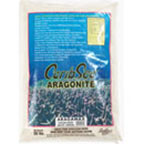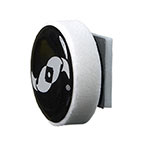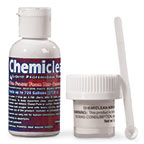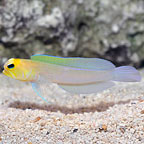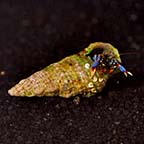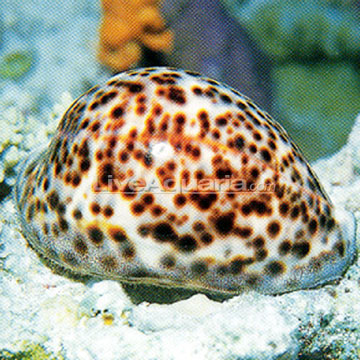
Additional locales and sizes may be available!
Additional locales and sizes may be available! Email me when availableQuick Stats
What do these Quick Stats mean? Click here for more information
What do these Quick Stats mean? Click here for more information
Overview
In the wild, it can be found under rocks or resting on soft corals during the day, foraging for food mostly at night. The Tiger Cowrie prefers a rock aquarium with hiding places. While small, it will eat some algae and scavenge for scraps, but as an adult, it will eat some anemones, sponges, and soft corals, and is best housed with starfish, sea urchins, and tubeworms in the reef aquarium. Do not house it with Condylactis sp. It needs low nitrate levels and will not tolerate copper-based medications.
The diet of a large Tiger Cowrie should be supplemented with pieces of fish and mussel.
Approximate Purchase Size: Small: 1" to 2"; Medium: 2" to 3"; Large: 3" to 4"



